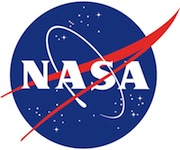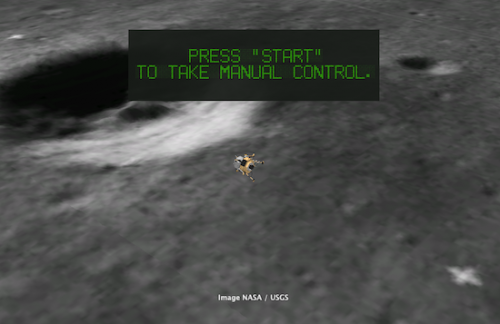I like typography, science, minimalism and India. A project by Indian graphic designer Kapil Bhagat from Mumbai brings all of that together. The ideas behind his poster series about great scientists and their discoveries are very smart. I like the way Kapil uses typography to visualize complex and yet simple scientific ideas. Enjoy and make sure to check out his tumblr!

All images (c) Kapil Bhagat













